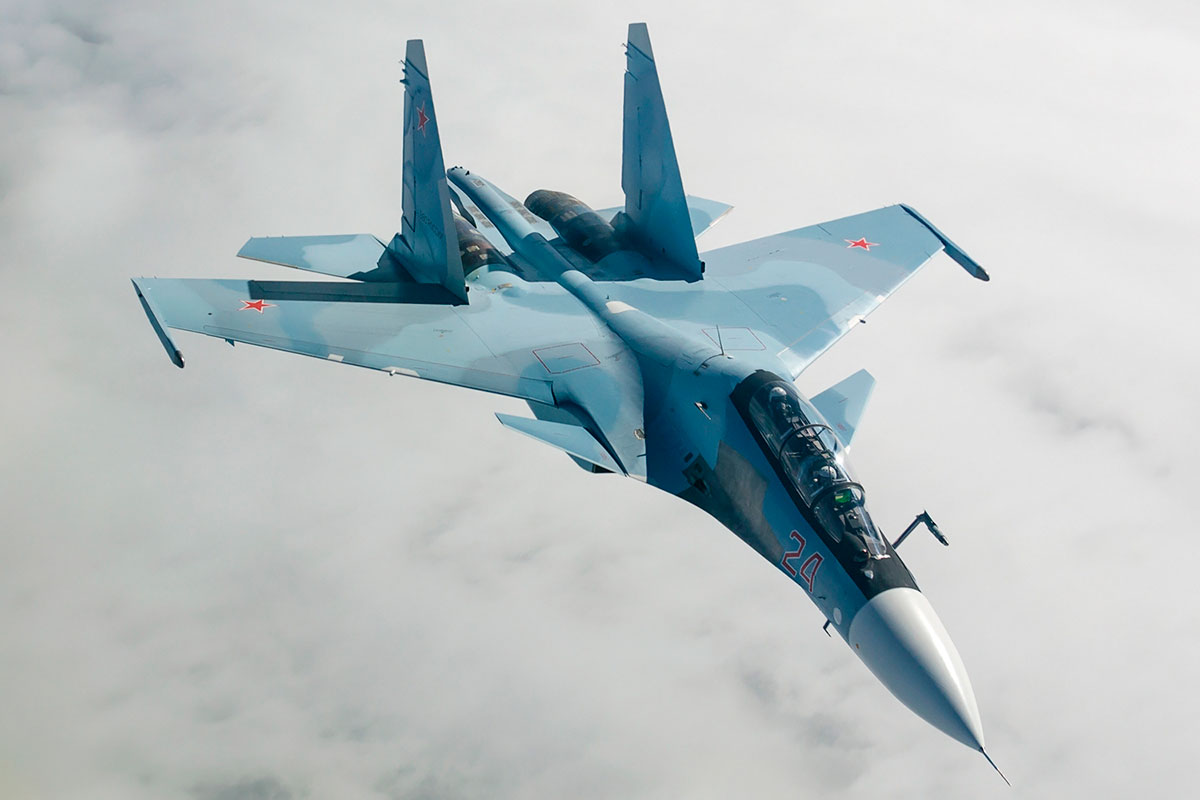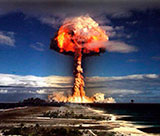Airplane SU-30SM
| Service History | ||
|---|---|---|
| Type | Multirole fighter, air superiority fighter | |
| Place of origin | Soviet Union, Russia | |
| Manufacturer | Sukhoi | |
| First flight | 31 December 1989 | |
| Introduction | 1996 | |
| Status | In service | |
| Primary user | Russian Air Force Algerian Air Force Armenian Air Force Vietnam People's Air Force | |
| Produced | 1992–present | |
| Number built | 630+ | |
| Developed from | Sukhoi Su-27 | |
| General characteristics | ||
| Crew | 1 or 2 | |
| Length | 21.935 m (72 ft 0 in) | |
| Wingspan | 14.7 m (48 ft 3 in) | |
| Height | 6.36 m (20 ft 10 in) | |
| Wing area | 62 m2 (670 sq ft) | |
| Empty weight | 17,700 kg (39,022 lb) | |
| Gross weight | 24,900 kg (54,895 lb) | |
| Max takeoff weight | 34,500 kg (76,059 lb) | |
| Fuel capacity | 9,400 kg (20,723 lb) internal | |
| Powerplant | 2 × Saturn AL-31FL/FP Afterburning turbofan engines, 74.5 kN (16,700 lbf) thrust each dry, 122.58 kN (27,560 lbf) with afterburner | |
| Performance | ||
| Maximum speed | 2,120 km/h (1,320 mph, 1,140 kn) at high altitude | |
| Maximum speed | Mach 2 | |
| Range | 3,000 km (1,900 mi, 1,600 nmi) at high altitude | |
| Service ceiling | 17,300 m (56,800 ft) | |
| g limits | +9 | |
| Rate of climb | 230 m/s (45,000 ft/min) | |
| Wing loading | 401 kg/m2 (82 lb/sq ft) with 56% fuel 468.3 kg/m2 (95.9 lb/sq ft) with full internal fuel | |
| Thrust/weight | 1 with 56% fuel 0.86 with full internal fuel | |
| Armament | ||
| Guns | 1 × 30 mm Gryazev-Shipunov GSh-30-1 autocannon with 150 rounds | |
| Hardpoints | 12 hardpoints with a capacity of up to 8,000 kg (18,000 lb), with provisions to carry combinations of:
Kh-29TE/L Kh-59M/ME Anti-ship missiles: Kh-31A Anti-radiation missiles: Kh-31P | |
The Sukhoi Su-30 (Russian: Сухой Су-30; NATO reporting name: Flanker-C/G/H) is a twin-engine, two-seat supermaneuverable fighter aircraft developed in the Soviet Union by Russia's Sukhoi Aviation Corporation. It is a multirole fighter for all-weather, air-to-air and air interdiction missions.
The Su-30 started as an internal development project in the Sukhoi Su-27 family by Sukhoi. The design plan was revamped and the name was made official by the Russian Defense Ministry in 1996. Of the Flanker family, the Su-27, Su-30, Su-33, Su-34 and Su-35 have been ordered into limited or serial production by the Russian Defense Ministry. The Su-30 has two distinct version branches, manufactured by competing organisations: KnAAPO and the Irkut Corporation, both of which come under the Sukhoi group's umbrella.

Development
While the original Su-27 had good range, it still did not have enough range for the Soviet Air Defense Forces (PVO, as opposed to VVS – the Soviet Air Force). The Air Defense Forces needed to cover the vast expanse of the Soviet Union. Hence, development began in 1986 on the Su-27PU, an improved-capability variant of the Su-27 capable of serving as a long-range interceptor or airborne command post.
Operational history
In 1994–1996, an initial batch of five original Su-30 (Su-27PU) fighters, contracted for the Russian Defence Ministry, were delivered to 54th Guards Fighter Aviation Regiment based at Savasleyka air base.[13] After the regiment was disbanded in 2002, the aircraft became part of 4th Centre for Combat Employment and Retraining of Personnel in Lipetsk where they were flown mostly by Russian Falcons aerobatic team.[14] No further orders of the variant were made. However, the Russian Defence Ministry was impressed with the export Su-30MKI's performance envelope and ordered a total of 60 Su-30SM fighters, under two contracts signed in March and December 2012, respectively.
More info:: ru.wikipedia.org
















